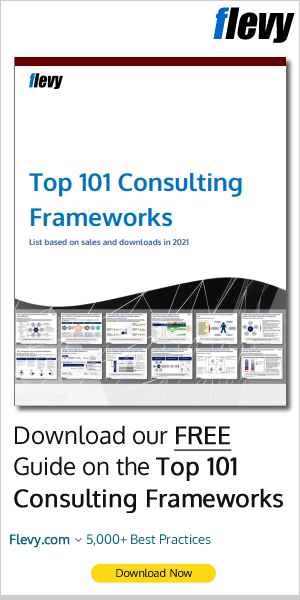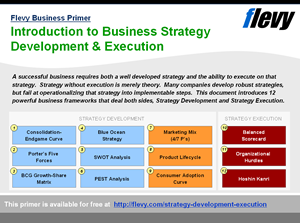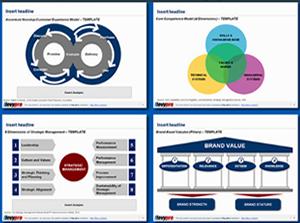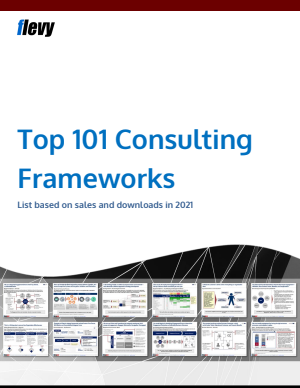The most resilient and consistently successful companies have discovered that the devil is in the details of the organization. No company may ever totally master the enigma of execution. But for them organizing to execute has truly become a competitive edge. Execution only becomes effective when the company’s DNA is holistically integrated. This means weaving […]
Tag Archives | operational excellence

Organizational DNA: The 4 Building Blocks to Effective Execution

Model-Based Systems Engineering (MBSE)
Model-Based Systems Engineering (MBSE) is a formalized methodology that uses digital models to support the entire lifecycle of complex system development. It provides a single source of truth, ensuring discipline-specific views of the system are created using the same model elements. This fosters consistency and reduces defects associated with document-based approaches. MBSE encourages a systems […]

BU-driven Organizational Workforce Planning
HR leaders excel at Workforce Planning at the business unit level, but face obstacles when it comes to effectively integrating their insights. By understanding the complexities of how business unit input is incorporated into the creation and implementation of workforce plans, HR leaders can gain the ability to steer a unified and effective organization-wide Workforce […]

Strategic Decision Making with Machine Learning (ML)
Automation has a profound role in improving Operational Excellence and Decision making. Organizations, these days, are increasingly using Machine Learning (ML) to improve the Strategic Decision making expertise of their leaders. Global research by MIT Sloan Management Review in collaboration with Google—involving 4,700 executives and a number of Key Informant Interviews—indicates that ML is gradually […]

Strategic Priorities Identification and Analysis
Listed companies share their strategic objectives for investors’ and public consumption. Websites, annual financial reports, and Form 10-K report are all critical resources to understand an organization, key offerings, competitive advantage, and market position. Research into the public documents of listed companies brings to light key data about these companies, their Strategies, and their Strategic […]

Information Technology (IT) Redesign
Disruptive change has put a tremendous strain on organizations and their IT departments. The capabilities of the IT talent is declining due to inadequate technical education and aging workforce. Legacy systems and diverse IT applications are frequent across most organizations. Mergers and Acquisitions have become a norm, pushing vendors to form alliances. Mobile devices, tablets, […]

Corporate Functional Strategy
The role of corporate functions, traditionally, has been to conduct the various service-oriented specialized tasks necessary to run the business. Corporate functions are of strategic significance in achieving organizational objectives yet their role at most enterprises is kind of contractual at best. These units assist in routine operations, facilitate other business units, and manage conflicts […]

Federal Enterprise Architecture Framework (FEAF): Collaborative Planning Methodology (CPM)
Business and technology resources are aligned using Enterprise Architecture (EA) in order to achieve strategic results, improve organizational performance, achieve Cost Optimization and Operational Excellence, and guide departments to fulfill their central missions more efficaciously. Federal Enterprise Architecture Framework (FEAF) does that for any U.S. federal agency and helps systems transcend interagency boundaries. Planning is […]

Federal Enterprise Architecture Framework (FEAF): Data Reference Model (DRM)
Enterprise Architecture (EA) conveys management best practices for positioning business and technology resources to fulfil strategic goals, enhance Organizational Performance, and guide departments to achieve their core missions more successfully via Operational Excellence. The Federal Enterprise Architecture Framework (FEAF) realizes this goal for U.S. Federal agencies and assists systems surpass interagency boundaries. FEAF facilitates through […]

How Do the Subject Matter Experts (Porter, Mintzberg, & More) Define Strategy?
Strategy is about the methods used to attain goals. It’s the “how” of achieving goals—desired future conditions and circumstances towards which effort and resources are spent until their achievement. If Strategy has any meaning at all, it is in relation to some aim or end in view. Strategy is 1 of the 4 dimensions of […]

Restructuring: 8 Key Steps of Data Integration in Redeployment Assessment Management
Restructuring becomes essential at some stage in the lifecycle of any organization. In order to emerge triumphant through this tumultuous challenge, it is necessary that the focus remains on the challenges impeding the organization, Strategy Development to tackle the challenges, and prioritizing Strategic Initiatives to deliver radical results that lead the organization to Operational Excellence. […]

Essence of Restructuring: Re-Engagement
Restructuring is a turbulent process that shakes the foundations of the organization. The goal of Operational Excellence cannot be realized merely by the surgical removal of human resource during Redeployment after Restructuring. Keeping focus on moving the organization forward with vitality means boosting the sagging morale of the employees who survive this storm. It is […]













